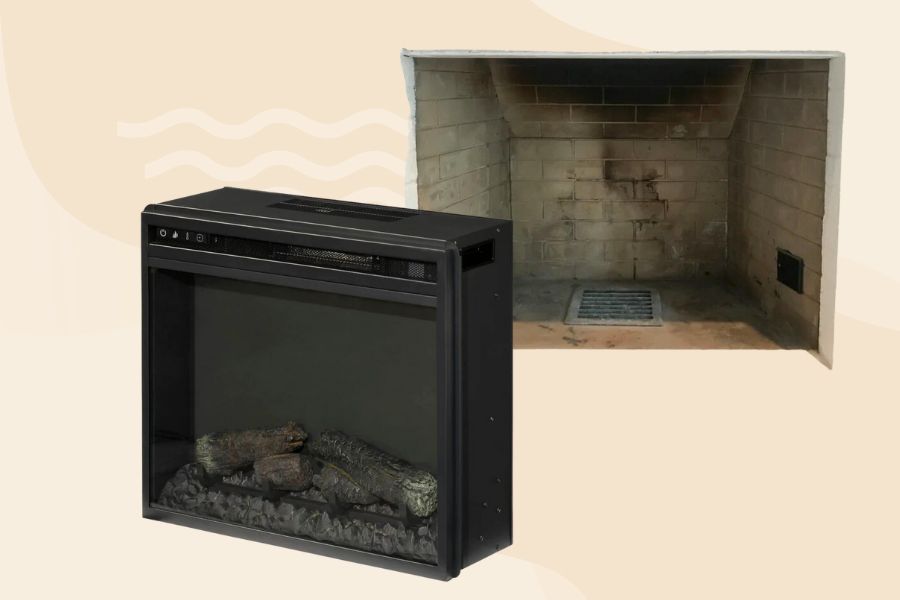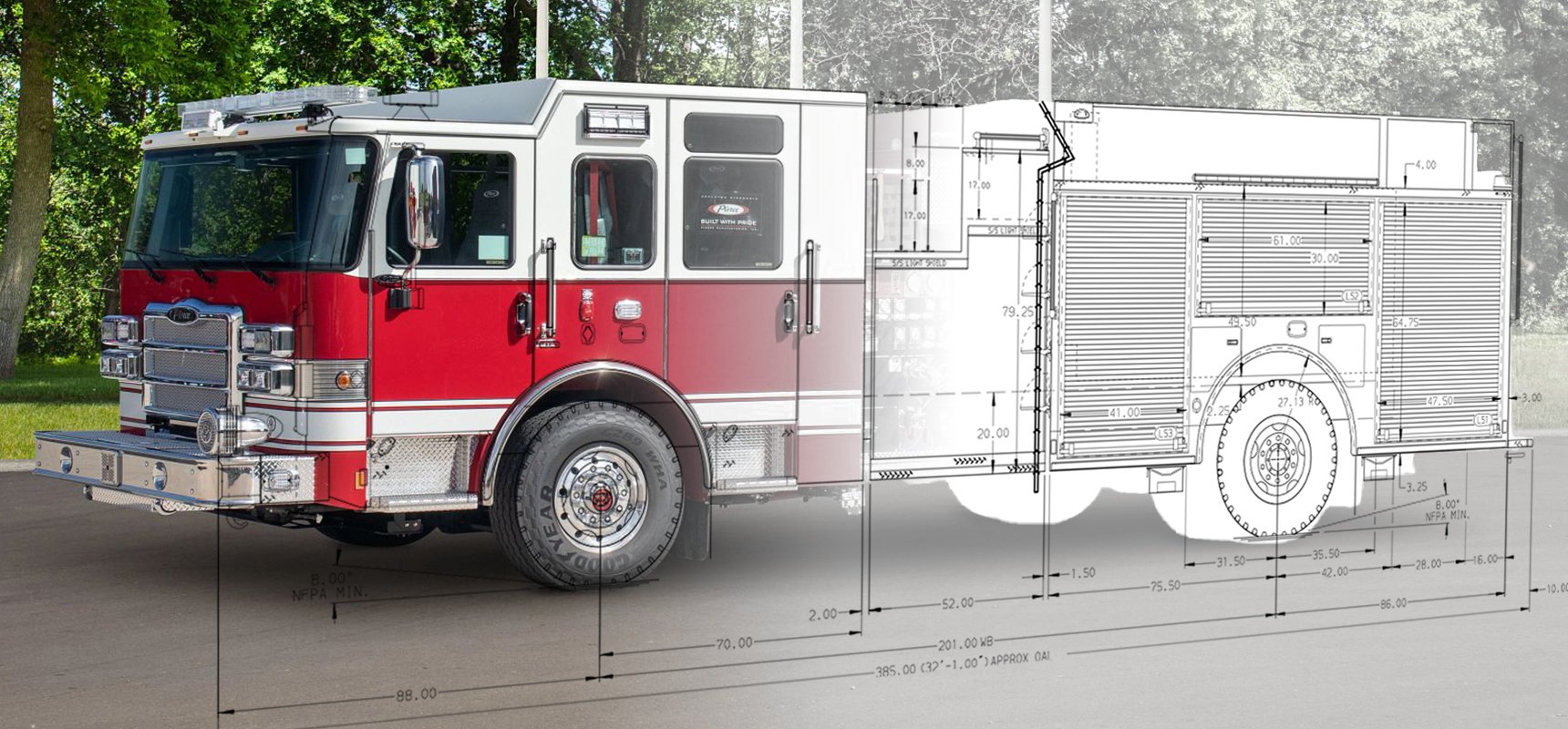To remove an electric fireplace, hire a general trader for dismantling and plastering. Power line isolation is simple and doesn’t require an electrician.
Removing a fireplace yourself is possible but can be time-consuming and messy. Prepare the area carefully before starting the removal process. It may involve heavy lifting and can be hazardous if not done correctly. Installing an electric fireplace is easy as it doesn’t need exhaust or chimney structures.

Credit: michealadianedesigns.com

Tools And Materials
Before starting the removal process of an electric fireplace, make sure you have the Essential Tools and Required Materials to safely and effectively dismantle the unit.
Essential Tools
- Screwdriver (Phillips and Flathead)
- Pliers
- Utility Knife
- Measuring Tape
- Protective Gloves
- Flashlight
- Wrench
- Wire Cutters
Required Materials
- Duct Tape
- Plastic Sheets or Tarps
- Trash Bags
- Painter’s Tape
- Cleaning Supplies (for post-removal)
- Bucket for Debris
- Safety Goggles
- Drop Cloth

Credit: www.piercemfg.com
Step-by-step Guide
Discover the step-by-step guide on how to remove an electric fireplace yourself. Learn the process, precautions, and tips to efficiently dismantle and disconnect your electric fireplace. Save time and money by taking on this DIY project.
Disconnecting The Power
Before beginning the removal process, ensure the electric fireplace is completely disconnected from the power source. This step is crucial to prevent any electrical hazards.
Removing The Surrounding Components
Next, it’s time to remove the surrounding components of the fireplace. Start by detaching any decorative elements or mantels that are attached to the unit.
Dismantling The Fireplace Unit
Once the surrounding components are off, you can dismantle the fireplace unit itself. Carefully unscrew any fasteners that are holding the unit in place.
Considerations
Before embarking on the removal of an electric fireplace, there are crucial considerations to keep in mind. Addressing potential challenges, ensuring safety, and evaluating the need for professional assistance are essential tasks before initiating the removal process.
Professional Assistance
Seeking the expertise of a skilled professional may be necessary when confronting the complexities of removing an electric fireplace. This expert can provide guidance throughout the process and ensure that the removal is conducted safely and efficiently.
Challenges And Safety Risks
Removing an electric fireplace can present various challenges and safety risks. It’s essential to be aware of potential hazards such as electrical wiring and heavy components, and take necessary precautions to avoid accidents. Engaging in comprehensive safety measures can safeguard against potential risks when removing the fireplace.
- Electrical hazards and proper disconnection
- Handling heavy fireplace components
- Potential damage to surrounding structures
- Mitigating dust and debris during removal
Professional Guidance
Engaging with a professional for guidance on electric fireplace removal can not only ensure a smoother process but also minimize the potential for property damage and ensure the safety of everyone involved.
While some homeowners may consider removing an electric fireplace themselves, it’s crucial to acknowledge the complexities and potential risks involved in this task. Safety should always be prioritized, and seeking professional assistance can provide peace of mind while ensuring the successful removal of the electric fireplace.
Post-removal
Once you have successfully removed your electric fireplace, there are a few important steps you should take to clean and restore the space. Additionally, you may need to consider your options for replacement or alternatives to the electric fireplace. Let’s dive into these post-removal tasks in detail.
Cleaning And Restoring The Space
After removing the electric fireplace, it’s essential to thoroughly clean and restore the space to its original condition. Follow these steps to ensure a clean and polished look:
- Remove any debris: Start by clearing out any debris or loose materials that may have accumulated during the removal process.
- Clean the surrounding area: Wipe down the walls, floors, and surrounding surfaces with a damp cloth or a gentle cleaning solution to remove any dust or residue.
- Repair any damage: If there are any holes or damages left behind by the fireplace installation, patch them up using spackling paste or putty. Sand down the patched areas for a smooth finish.
- Repaint or touch up: Consider repainting the wall where the electric fireplace used to be to freshen up the space. Choose a color that complements your existing decor to seamlessly blend the area.
Options For Replacement Or Alternatives
Now that you have a clean slate, it’s time to explore your options for replacement or alternatives to the electric fireplace. Here are a few ideas to consider:
- Traditional fireplace: If you’re looking for a more authentic and cozy feel, you could opt for a traditional fireplace. This would require professional installation and may involve installing a chimney and venting system.
- Gas fireplace insert: A gas fireplace insert can provide the warmth and ambiance of a traditional fireplace without the need for wood or extensive maintenance.
- Wood-burning stove: For a rustic and charming look, a wood-burning stove is a popular choice. It delivers both heat and the crackling sounds of a real fire.
- Decorative mantel: If you still want the visual appeal of a fireplace without the heat function, consider installing a decorative mantel. This can be a stylish addition to any room.
Take the time to research and weigh your options based on your preferences, budget, and the suitability of your space.
Remember, the post-removal phase is an opportunity to transform your space into something new and exciting. Whether you choose to replace the electric fireplace with a traditional fireplace or explore alternative options, make sure to enjoy the process and create a space that suits your style and needs.

Credit: www.pinterest.com
Frequently Asked Questions Of How To Remove Electric Fireplace
Who Would Remove An Electric Fireplace?
A general trader can remove an electric fireplace and handle plastering. An electrician isn’t necessary unless major electrical work is needed. Isolating the power line is simple. Homeowners can also remove a fireplace themselves, but it’s time-consuming and messy. Professional expertise is recommended due to the complexity and potential hazards.
Can You Remove A Fireplace Yourself?
You can remove a fireplace yourself, but consider hiring a professional for efficiency. It requires time and can be messy. Proper preparation is crucial.
How Difficult Is It To Remove A Fireplace?
Removing a fireplace can be challenging as it requires physical strength to handle heavy debris. It’s recommended to hire a professional for safety and structural concerns. DIY removal is possible but time-consuming and messy. A general trader can assist without the need for an electrician unless major electrical work is involved.
Is It Easy To Replace Electric Fireplace?
Replacing an electric fireplace is relatively easy and can be done without major electrical work. Disconnect the power line, dismantle the fireplace, and do plastering with the help of a general trader. If you don’t have an electrical outlet, consider hiring an electrician.
Can I Remove An Electric Fireplace By Myself?
Yes, while it’s recommended to hire professionals, you can remove an electric fireplace on your own with proper preparations.
Conclusion
If you’re considering removing an electric fireplace, it’s important to consider the implications. While it may seem like a simple task, it requires careful planning and the help of a professional. By ensuring the safe removal and proper disposal, you can avoid potential hazards and ensure a smooth transition.
With the right guidance and expertise, the process can be completed efficiently and effectively.